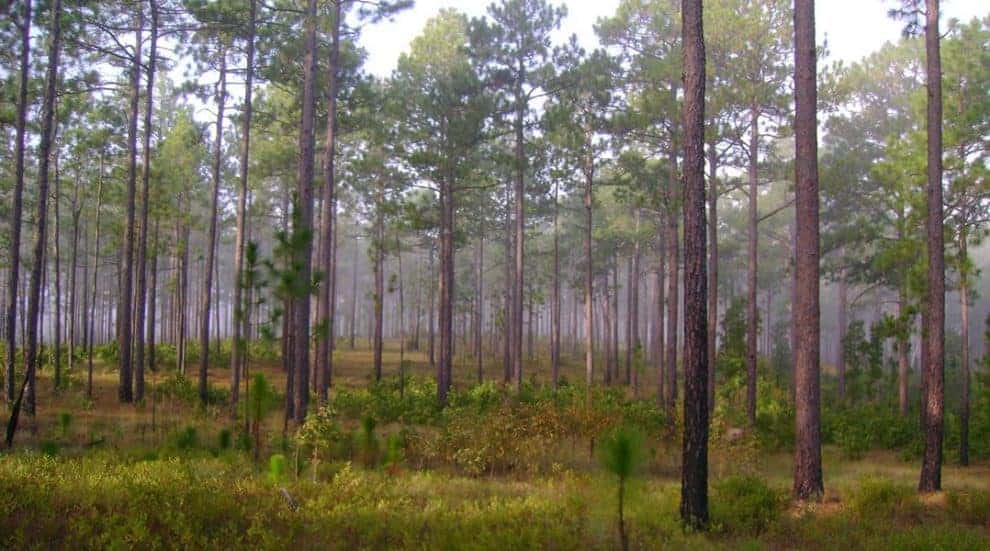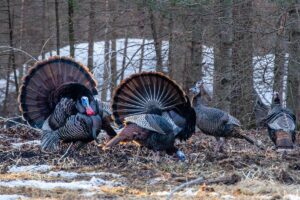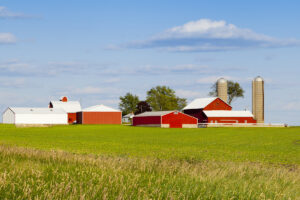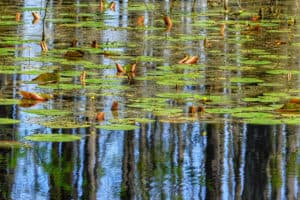When the first colonists first stepped off the ships in Virginia, they looked out over a vastly different world than what exists today.
Mature longleaf pine savannas dominated the landscape in southeastern Virginia, covering some 1.1 million acres. These savannas ranged from Virginia, through the Carolinas, Georgia, Alabama, Florida, Mississippi, Louisiana, and Texas, spanning 92 million acres in total throughout this native range.
Providing prime timber for ship building and other uses, the trees were quickly harvested, and at one point only several hundred native longleaf pines remained in Virginia. Even today only 4.4 million acres remain throughout the entire range.
The longleaf pine is making a comeback thanks to the Nature Conservancy and its work with state and private partners.
There are currently 17 separate longleaf protection teams working throughout the southeast.
Planting longleaf pine is an excellent choice for landowners wishing to create prime habitat for quail and other species that rely on early successional growth. Mature stands provide an incredible varied habitat, including home to more than 900 plants that can be found nowhere else on earth as well more than 30 federally endangered species.
What makes the longleaf unique when compared to other pine species like the loblolly is its ability to withstand prescribed burning at a young age. Those planting longleaf can begin burning after just two years, helping eradicate unwanted plants and trees while furthering the growth of warm season grasses and wildflowers that quail and other species require.
A stand of longleaf might be burned three or four times before a stand of loblolly could be burned once.
“Without fire or some type of soil disturbance, the diverse legume, grass, and wildflower rich early successional plant communities quickly become dominated by mid-growth hardwood and pine trees which shade out lower growing plants,” Marc Puckett said, coordinator for the Virginia Department of Game and Inland Fisheries’ Quail Action Plan.
Bill Owen owns 1,850 acres in Virginia, 820 of which he has planted in longleaf over the course of the last 12 years. In partnership with the Nature Conservancy, he will timber loblolly and replant longleaf over nearly the entire property in coming years.
“I fell in love with the species,” said Owen, whose property is located in Sussex County, Virginia. While Owen said he is “less concerned about future timber revenue” with the longleaf, he noted that in 60 years the mature trees will have extremely high timber value.
“The quail have definitely rebounded,” Owens noted. For years, he had not seen or barely heard quail on his property. “Now with the longleaf and the burning, we are getting the environment back and it has made a huge difference.”
For more information on longleaf pine and the 17 longleaf protection teams, visit: www.nature.org/longleaf.
This article was written by our friend and colleague Tee Clarkson of the Atoka Conservation Exchange based in The Plains, Virginia.
This content may not be used or reproduced in any manner whatsoever, in part or in whole, without written permission of LANDTHINK. Use of this content without permission is a violation of federal copyright law. The articles, posts, comments, opinions and information provided by LANDTHINK are for informational and research purposes only and DOES NOT substitute or coincide with the advice of an attorney, accountant, real estate broker or any other licensed real estate professional. LANDTHINK strongly advises visitors and readers to seek their own professional guidance and advice related to buying, investing in or selling real estate.










Very interesting article. It’s very important to conserve the natural land and resources that we still have available in the southeast and wonderful to see that happening.